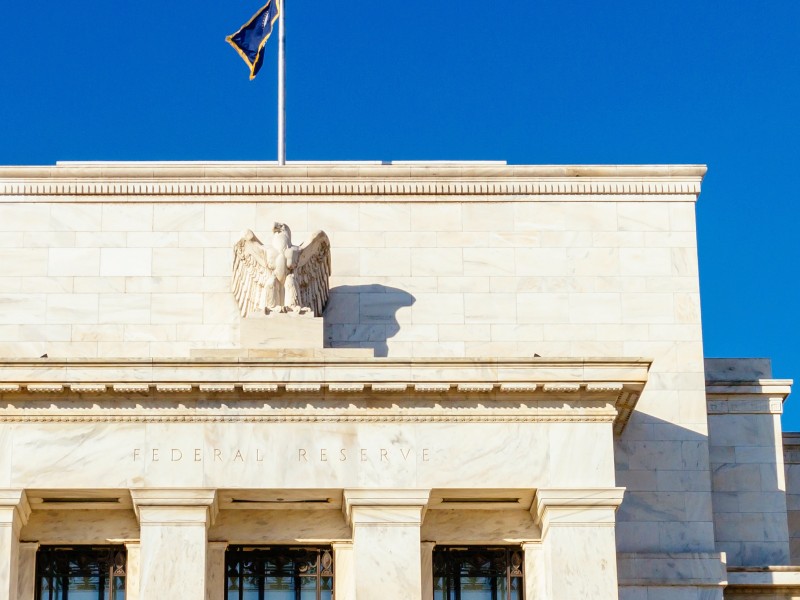
Central banks’ actions have gone too far and they’re running out of tools in their toolbox, according to Erik Weisman, chief economist at MFS Investment Management.
When interest rates are pushed to zero or into negative territory, people are deciding to save more instead of spending money on which they’re not earning interest, he says. “And that’s antithetical to what central banks want to see happen. They want more money into the system and instead they are exacerbating the saving-investment imbalance that I think is at the heart of much of the problems that we’re seeing.”
Weisman says central banks are in the process of breaking capitalism, since positive rates are one of the pillars required for capitalism to work properly. “Now, it doesn’t have to be positive rates all the time. In the aftermath of a recession, central banks are going to lower rates; maybe they lower them close to zero and real rates will be negative. That’s normal.”
But for many countries, real rates have been negative for the entire business cycle, he adds, and now nominal rates are also negative for much of the world. “And I don’t think that you can have a system that efficiently allocates scarce resources — which is one definition of capitalism — when rates are negative. If you are being penalized to save and you are being rewarded to borrow, why should anybody accumulate capital? Why should anyone put off consumption today for investment tomorrow?”
That said, central banks still have some tools, such as broader and deeper quantitative easing, to use in the next downturn. They may also press on forward guidance in ways that haven’t been seen before, adds Weisman.
“Way back in the day, we had [economist] Paul Krugman who said central banks need to be credibly irresponsible, so they need to basically convince everybody — consumers, producers — that they’re going to do something that seems crazy, which would be to be on hold for years and years. And I think they’re going to have to go down that path even more stridently. I don’t know how they do it, but they need to convince us all that they’re not raising rates for five years.”
He also notes central banks may put caps on interest rates at different parts of the yield curve, which is currently underway in Japan. “I think all central banks will probably use that tool. It does strike me as pretty effective and rather costless. So the few times that the market has tried to press Japan and push the 10-year yield out of its band of yield curve control, the Japanese central bank has come in and only had to buy or sell very, very small amounts to get the market back onside.”
This tool is likely to be used more aggressively and broadly in the next business cycle, says Weisman.
In this context, MFS is trying to avoid negative yielding debt, he says. “We’re trying to go into countries that have more yield — Canada, Australia, New Zealand, [the] U.S., [the] U.K. We’re trying not to be in [the] front end of curves, at least for the moment, where it looks like central banks, other than perhaps the U.K., are at least on hold for now after having cut.”
Ultimately, this isn’t going to end well, he says. “It could end poorly in six months or it could end poorly in six decades, so who knows? But I think an awful lot of the things that have gotten us here have been these secular trends in demographics and the buildup of debt, digitalization, monopolies, winner-take-all, the rise of intangibles, inequality, globalization, populism, etc. — and it just does make you wonder, what breaks the system?”
